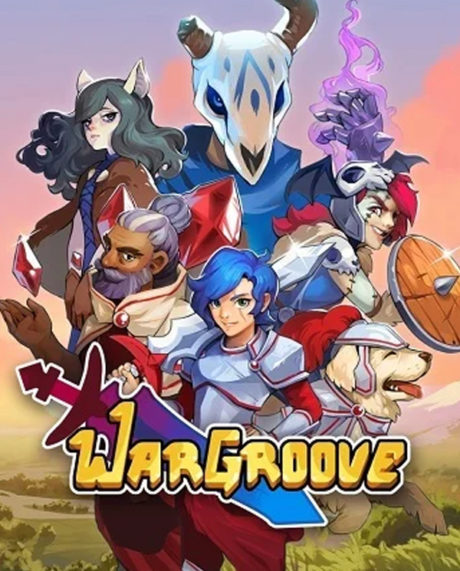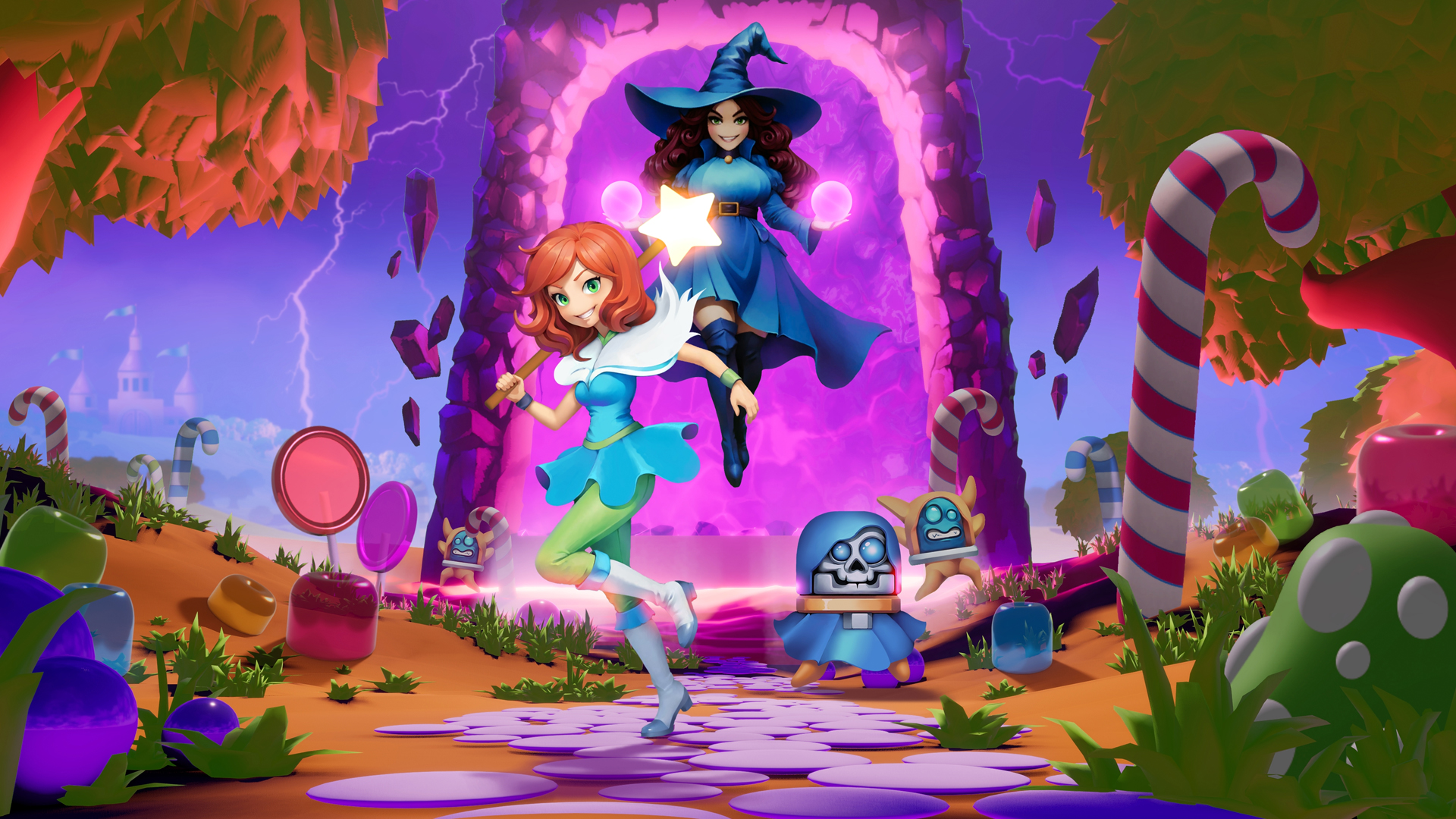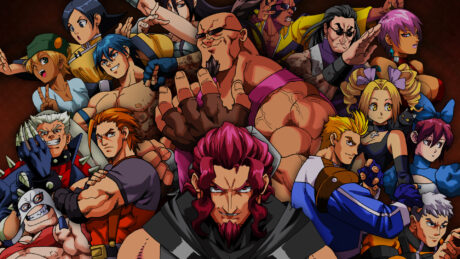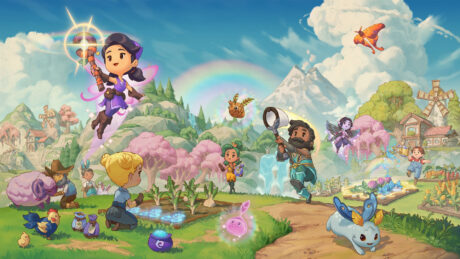Purrr....
- Nostalgic feel with old school graphics
- Great accessibility
- Challenging gameplay
- Branching of storyline
Hisss!
- Voice acting is limited
- Main plot is SOS: Same ol’ Situation
Platform
Switch, PlayStation 4, Xbox One, PCPublisher
ChucklefishDeveloper
ChucklefishGenre
Multiplayer, Strategy/TacticsPlayers
1-4File Size (Minimum)
432 MBRelease Date (NA)
Feb 1, 2019Filed Under
To make it in the market, a tactical RPG needs that little twist or hook. For Wargroove, the throwback to simpler graphics gets the title a foot in the door. The in-game play is a little bit of a surprise, considering the anime-style opening. With the high-res pixel art, Wargroove hints at comedic whimsy. But don’t sleep on this game. Expect hours of challenging gameplay from this title.
New Game, Old Feel

From the title screen, it is immediately apparent that developer Chucklefish wants you to get the most out of Wargroove. From language and controls options to arcade, co-op and even a colorblind mode, they want this game to be accessible. From the first encounter, the game does a respectable job of explaining the gameplay. As the game progresses, more tutorials are given as situations arise. Despite the tutorials and hints, the gameplay remains challenging.
As for the plot, it’s the same old situation. The tragic death of the king forces our protagonist, Mercia, to rise to queen. This sparks a war, and puts her training to the test. She sets out with her mentor, Emeric, to battle against those who attacked their kingdom. Avenge the dead, save the kingdom, and there is something bigger just over the horizon. Lather, rise, repeat. Fortunately, the saving grace is that the protagonist is not a typical female character, visually or development wise.
Every minor and major character has their own set of skills which can turn the tide of battle. For example, place certain units in an adjacent tile and prepare for an extra boost. Of course, the same goes for your enemy, so watch out. Even the lay of the land will help or hinder as mission objectives are met. Not all main characters are available for each stage, though, so don’t rely on one person’s unique personal skills or “Groove” to win every single battle. Their presence or absence will help to determine tactics moving forward.
Slow and Steady Wins the Race
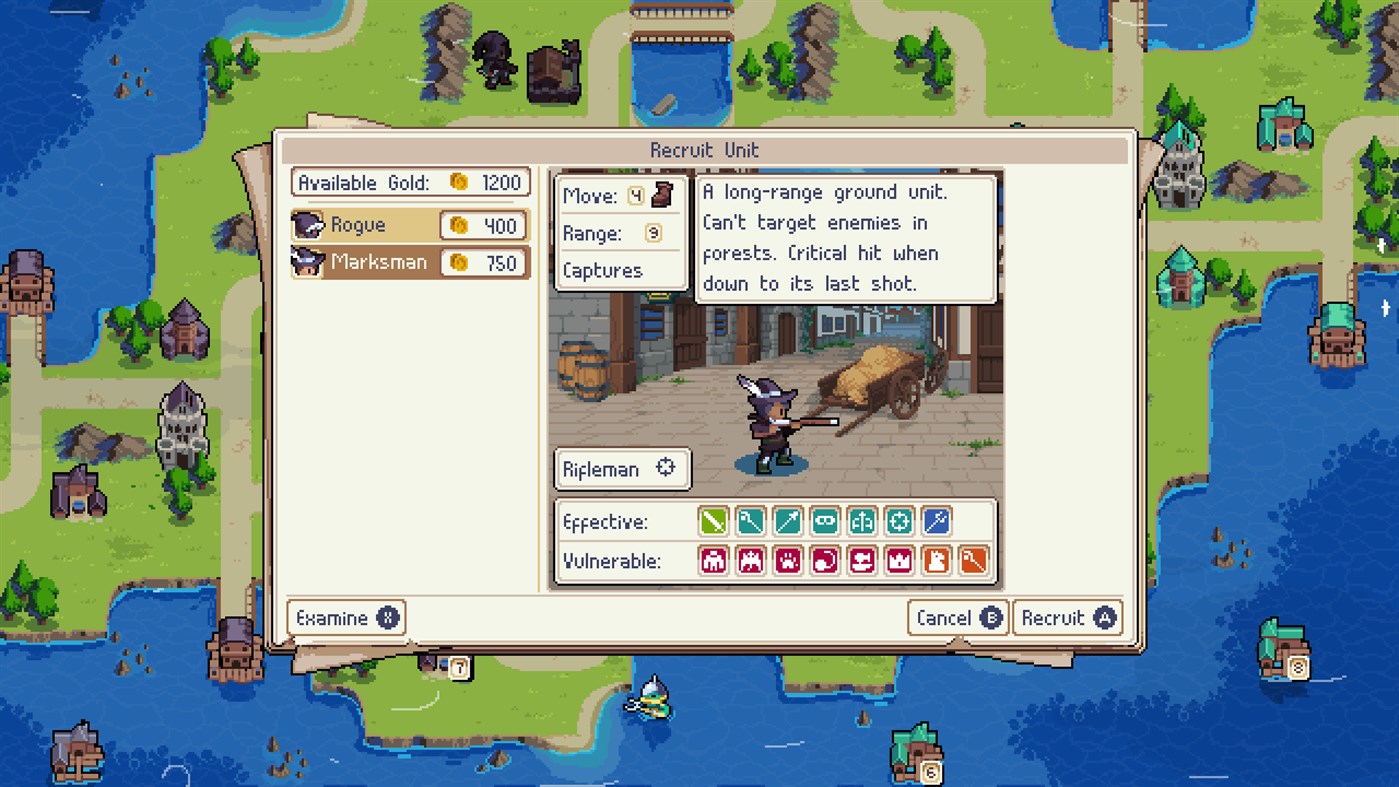
Progression can be a slog. This is a true tactical game, as there is no option to level your units. Capturing camps will help to advance troops and add to your war funds. As The Simpsons so aptly put it, “Money can be exchanged for goods and services.” More money, more troops, more options, more advantage. But spend wisely. Only certain units can capture camps, and only certain units can help to stave off an onslaught of enemies with high defense.
Once a few encounters have been cleared, your storyline branches and leads to access to other playable characters, modes and backstories. Getting a different perspective on other parts of the story enriches the overall plot and keeps the game from being too linear (side eyes Final Fantasy XIII).
Shade and Color
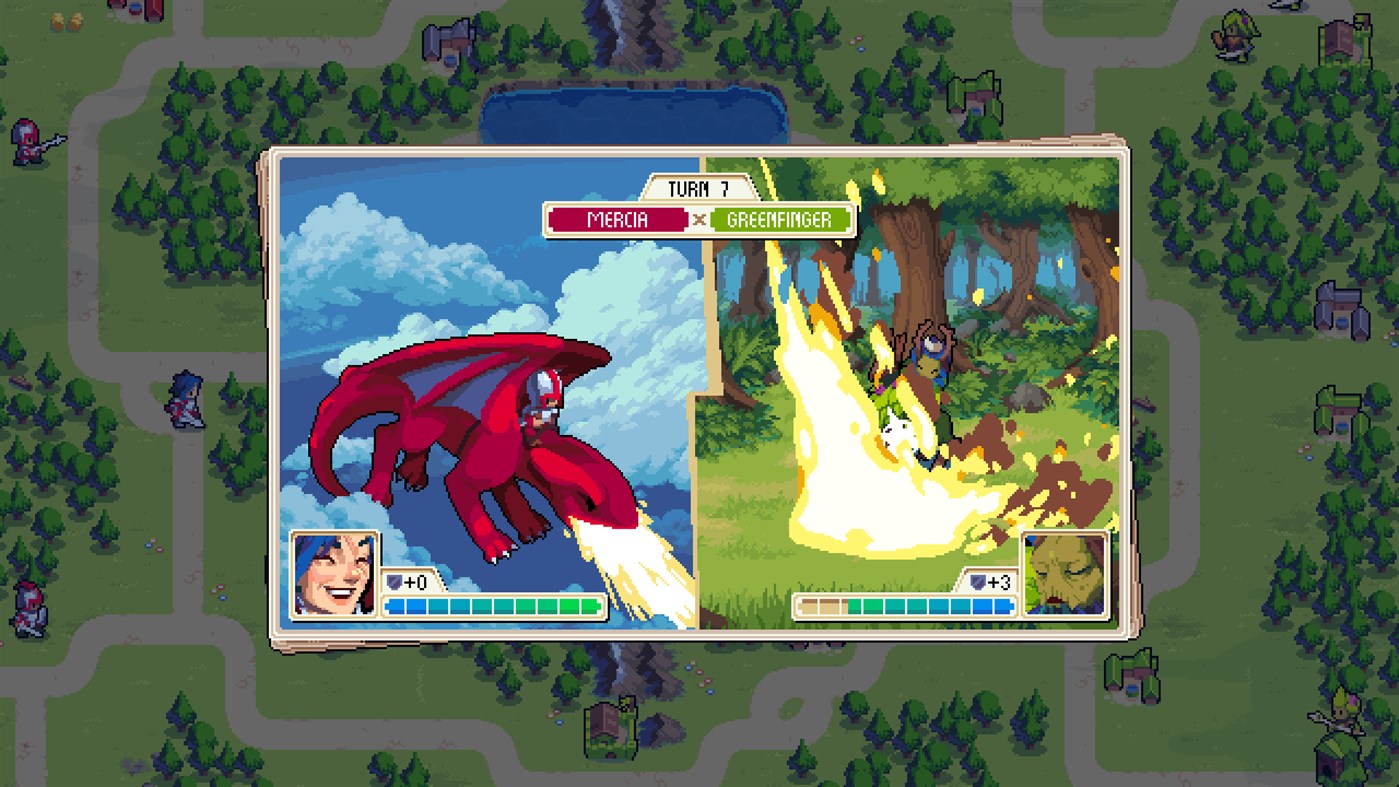
Wargroove uses high-res, sprite-based graphics, and it sticks to that style throughout. Those seeking a reprieve through cutscenes will not find it. It would have been nice to see the anime versions of characters from the opening used in the menu or on profile banners. Despite this, the sprites are well done, and their expressions change in the larger character profiles when things look grim or after a successful hit.
Voice acting can help give more expression and color to a game, especially one with limited animation. The casting is well done; however, the utilization is rather low. It doesn’t necessarily detract from the gameplay, but listening to fully voiced sentences during cutscenes could have sweetened the overall experience. Hearing the same gasps and first names over and over again in and out of battle gets a little old. At least the game doesn’t take itself too seriously. And even the generic troops get a bit of voice work.
What doesn’t get old? The soundtrack. As with most RPGs, themes quickly become recognizable, and you can easily tell what type of foe you are facing. The music is not overly synthesized and makes sense with each encounter. Facing the tough but comical boss in a cutscene? Whimsical notes. Facing a losing situation? The music drives you to take the encounter seriously. Kudos to composer Phonetic Hero!
The Nitty Gritty
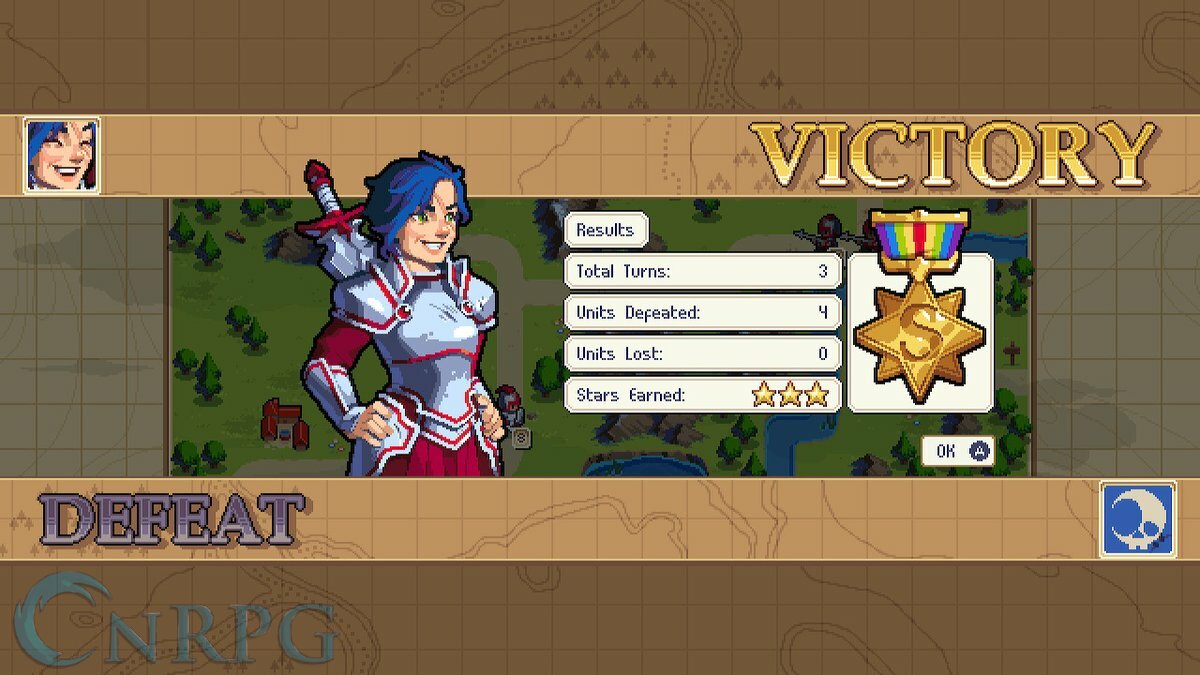
One of the downsides of Wargroove is the inability to traditionally “level up” your character after receiving experience. Looking forward to gaining new skills and weaponry is not the aim of this type of tactical RPG. Going in with the standard “Grind and Gain” mentality could quickly damper gameplay. To keep things interesting, the developer has done a few things. There is a rating system for performance to encourage replays of stages. Also, the setup of the encounters calls for different schools of thought with limited resources. You actually have to pay attention to the game’s mechanics if you want to succeed.
Another slight hiccup is magic use. One of the main characters even says, “I have a spell for that!” Great! Let’s fry them up! But why does the sprite have to be in an adjacent square to the enemy? Usually, magic is ranged. If a ranger can attack from a few squares away, so should my magic user. It’s a curious design choice.
The Last Attack
Overall, although certain aspects of Wargroove can be a bit limited, the gameplay is engaging, and that’s what counts. The new missions and objectives will keep both new and more seasoned gamers on their toes. Either way, look forward to many hours of tactical gameplay. Your characters may not level up in that time, but your problem solving skills most definitely will.
A PlayStation 4 review code provided for this review and gameplay footage.
